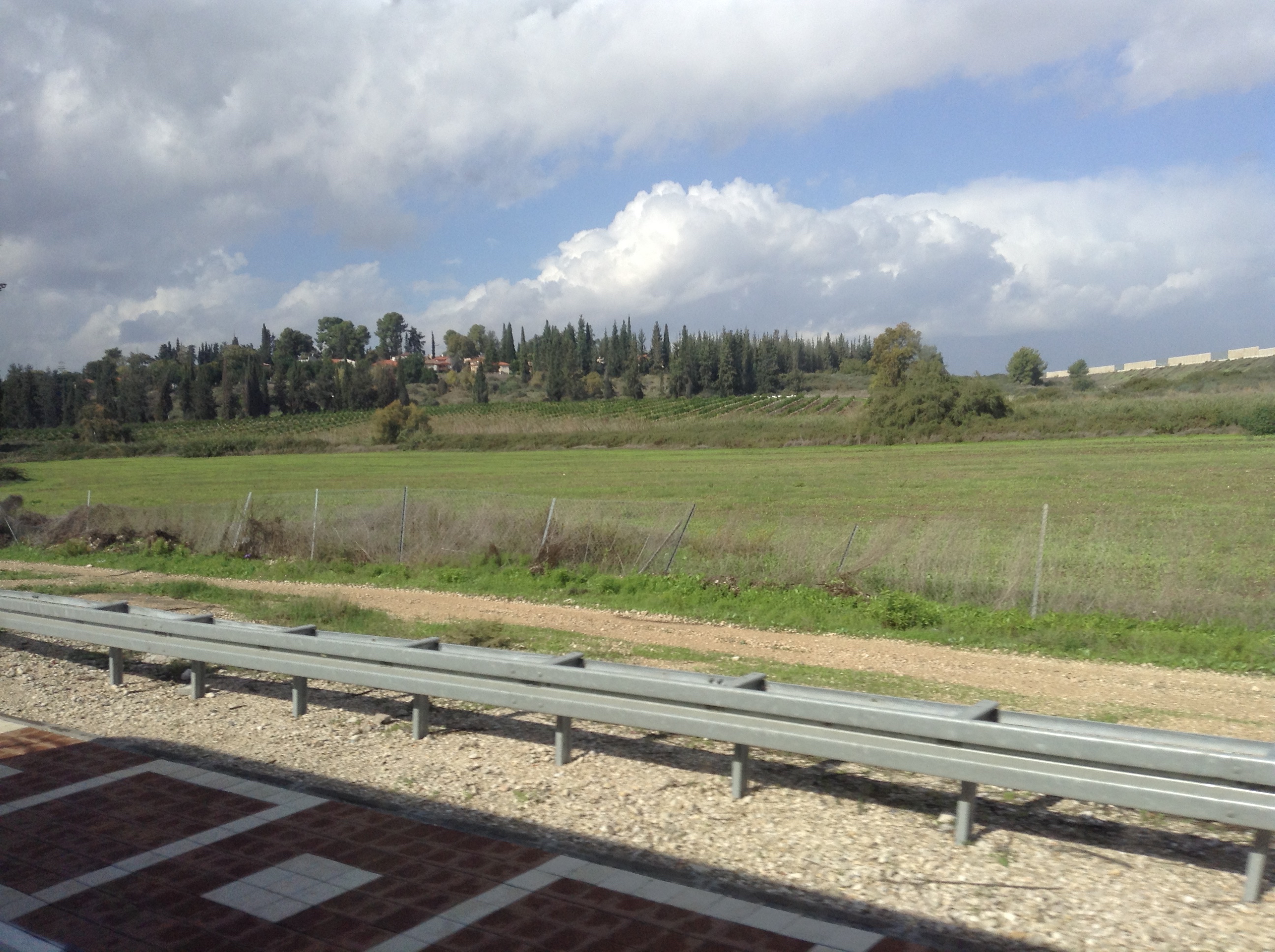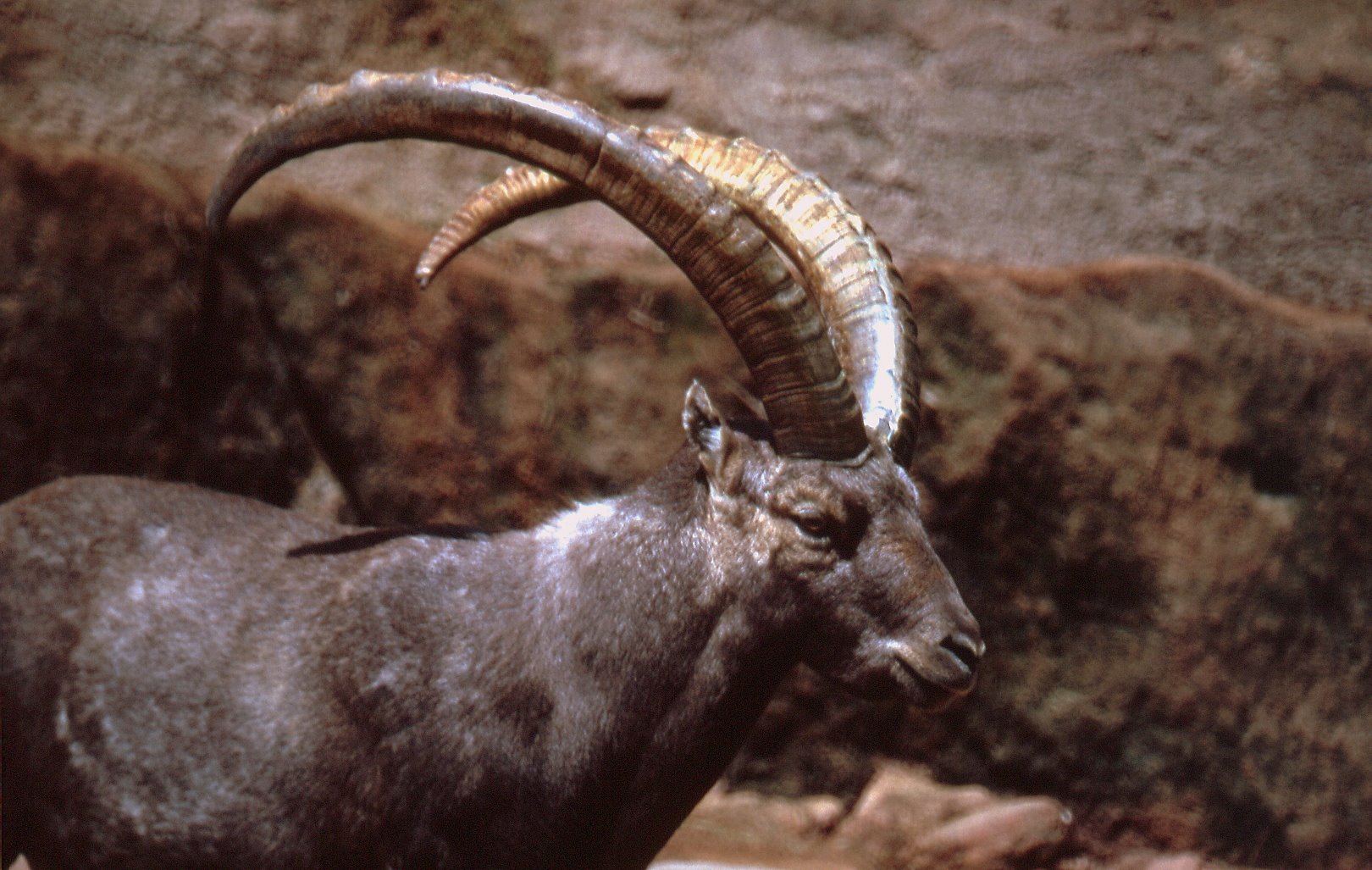|
Makhtesh Ramon
Makhtesh Ramon ( he, מכתש רמון; ''lit.'' Ramon Crater/Makhtesh ; ar, وادي الرمان, links=no) is a geological feature of Israel's Negev desert. Located some 85 km south of the city of Beersheba, the landform is the world's largest "erosion cirque" (steephead valley or box canyon). The formation is 40 km long, 2–10 km wide and 500 meters deep, and is shaped like an elongated heart. Despite its appearance it is not an impact crater from a meteor nor a volcanic crater formed by a volcanic eruption. The only settlement in the area is the small town of Mitzpe Ramon (מצפה רמון, "Ramon Lookout") located on the northern edge of the depression. Today the area forms Israel's largest national park, the Ramon Nature Reserve. Formation Hundreds of millions of years ago, the Negev desert was covered by an ocean. Slowly, this started to recede northwards leaving behind a hump-shaped hill. The hump was slowly flattened by water and climatic forces ... [...More Info...] [...Related Items...] OR: [Wikipedia] [Google] [Baidu] |
Southern District (Israel)
The Southern District ( he, מחוז הדרום, ''Meḥoz HaDarom''; ar, لواء الجنوب) is one of Israel's six administrative districts, the largest in terms of land area but the most sparsely populated. It covers most of the Negev desert, as well as the Arava valley. The population of the Southern District is 1,086,240 and its area is 14,185 km2. Its population is 79.66% Jewish and 12.72% Arab (mostly Muslim), with 7.62% of other origins. The district capital is Beersheba, while the largest city is Ashdod. Beersheba's dormitory towns of Omer, Meitar, and Lehavim are affluent on an Israel scale, while the development towns of Dimona, Sderot, Netivot, Ofakim, and Yeruham and the seven Bedouin cities are lower on the socio-economic scale. [...More Info...] [...Related Items...] OR: [Wikipedia] [Google] [Baidu] |
Quartzite
Quartzite is a hard, non- foliated metamorphic rock which was originally pure quartz sandstone.Essentials of Geology, 3rd Edition, Stephen Marshak, p 182 Sandstone is converted into quartzite through heating and pressure usually related to tectonic compression within orogenic belts. Pure quartzite is usually white to grey, though quartzites often occur in various shades of pink and red due to varying amounts of hematite. Other colors, such as yellow, green, blue and orange, are due to other minerals. The term ''quartzite'' is also sometimes used for very hard but unmetamorphosed sandstones that are composed of quartz grains thoroughly cemented with additional quartz. Such sedimentary rock has come to be described as orthoquartzite to distinguish it from metamorphic quartzite, which is sometimes called metaquartzite to emphasize its metamorphic origins. Quartzite is very resistant to chemical weathering and often forms ridges and resistant hilltops. The nearly pure silica co ... [...More Info...] [...Related Items...] OR: [Wikipedia] [Google] [Baidu] |
Columnar Jointing
Columnar jointing is a geological structure where sets of intersecting closely spaced fractures, referred to as Joint (geology), joints, result in the formation of a regular array of polygonal Prism (geometry), prisms, or columns. Columnar jointing occurs in many types of igneous rocks and forms as the rock cools and contracts. Columnar jointing can occur in cooling lava flows and ashflow tuffs (ignimbrites), as well as in some shallow intrusions. Columnar jointing also occurs rarely in sedimentary rocks if they have been heated by nearby hot magma. The columns can vary from 3 meters to a few centimeters in diameter, and can be as much as 30 meters tall. They are typically parallel and straight, but can also be curved and vary in diameter. An array of regular, straight, and larger-diameter columns is called a colonnade; an irregular, less-straight, and smaller-diameter array is termed an entablature. The number of sides of the individual columns can vary from 3 to 8, with 6 sides ... [...More Info...] [...Related Items...] OR: [Wikipedia] [Google] [Baidu] |
Basalt
Basalt (; ) is an aphanitic (fine-grained) extrusive igneous rock formed from the rapid cooling of low-viscosity lava rich in magnesium and iron (mafic lava) exposed at or very near the surface of a rocky planet or moon. More than 90% of all volcanic rock on Earth is basalt. Rapid-cooling, fine-grained basalt is chemically equivalent to slow-cooling, coarse-grained gabbro. The eruption of basalt lava is observed by geologists at about 20 volcanoes per year. Basalt is also an important rock type on other planetary bodies in the Solar System. For example, the bulk of the plains of Venus, which cover ~80% of the surface, are basaltic; the lunar maria are plains of flood-basaltic lava flows; and basalt is a common rock on the surface of Mars. Molten basalt lava has a low viscosity due to its relatively low silica content (between 45% and 52%), resulting in rapidly moving lava flows that can spread over great areas before cooling and solidifying. Flood basalts are thick sequence ... [...More Info...] [...Related Items...] OR: [Wikipedia] [Google] [Baidu] |
Ammonite
Ammonoids are a group of extinct marine mollusc animals in the subclass Ammonoidea of the class Cephalopoda. These molluscs, commonly referred to as ammonites, are more closely related to living coleoids (i.e., octopuses, squid and cuttlefish) than they are to shelled nautiloids such as the living ''Nautilus'' species. The earliest ammonites appeared during the Devonian, with the last species vanishing during the Cretaceous–Paleogene extinction event. Ammonites are excellent index fossils, and linking the rock layer in which a particular species or genus is found to specific geologic time periods is often possible. Their fossil shells usually take the form of planispirals, although some helically spiraled and nonspiraled forms (known as heteromorphs) have been found. The name "ammonite", from which the scientific term is derived, was inspired by the spiral shape of their fossilized shells, which somewhat resemble tightly coiled rams' horns. Pliny the Elder ( 79 AD n ... [...More Info...] [...Related Items...] OR: [Wikipedia] [Google] [Baidu] |
Har Katum
Har or HAR may refer to: People * Har Bilas Sarda (1867-1955), Indian academic, judge and politician * Har Sharma (1922–1992), Indian cricket umpire Mythology * Hár and Hárr, among the many names of Odin in Norse mythology * Horus, an Egyptian god * Shiva, a Hindu god Other uses * Har (Blake), a character in the mythological writings of William Blake * Hár (crater), a crater on Jupiter's moon Callisto * Har (Korean surname) * HAR (file format), the HTTP Archive format * Harari language, spoken in Ethiopia, ISO 639-3 code * Harrisburg Transportation Center, Amtrak station code * Highway advisory radio * Human accelerated regions Human accelerated regions (HARs), first described in August 2006, are a set of 49 segments of the human genome that are conserved throughout vertebrate evolution but are strikingly different in humans. They are named according to their degree of dif ..., the name of some human genes * MC-Hár, a Faroese rap rock group *Har, a component of Hebre ... [...More Info...] [...Related Items...] OR: [Wikipedia] [Google] [Baidu] |
Har Marpek
Har or HAR may refer to: People * Har Bilas Sarda (1867-1955), Indian academic, judge and politician * Har Sharma (1922–1992), Indian cricket umpire Mythology * Hár and Hárr, among the many names of Odin in Norse mythology * Horus, an Egyptian god * Shiva, a Hindu god Other uses * Har (Blake), a character in the mythological writings of William Blake * Hár (crater), a crater on Jupiter's moon Callisto * Har (Korean surname) * HAR (file format), the HTTP Archive format * Harari language, spoken in Ethiopia, ISO 639-3 code * Harrisburg Transportation Center, Amtrak station code * Highway advisory radio * Human accelerated regions Human accelerated regions (HARs), first described in August 2006, are a set of 49 segments of the human genome that are conserved throughout vertebrate evolution but are strikingly different in humans. They are named according to their degree of dif ..., the name of some human genes * MC-Hár, a Faroese rap rock group *Har, a component of Hebre ... [...More Info...] [...Related Items...] OR: [Wikipedia] [Google] [Baidu] |
Har Ardon
Har or HAR may refer to: People * Har Bilas Sarda (1867-1955), Indian academic, judge and politician * Har Sharma (1922–1992), Indian cricket umpire Mythology * Hár and Hárr, among the many names of Odin in Norse mythology * Horus, an Egyptian god * Shiva, a Hindu god Other uses * Har (Blake), a character in the mythological writings of William Blake * Hár (crater), a crater on Jupiter's moon Callisto * Har (Korean surname) * HAR (file format), the HTTP Archive format * Harari language, spoken in Ethiopia, ISO 639-3 code * Harrisburg Transportation Center, Amtrak station code * Highway advisory radio * Human accelerated regions Human accelerated regions (HARs), first described in August 2006, are a set of 49 segments of the human genome that are conserved throughout vertebrate evolution but are strikingly different in humans. They are named according to their degree of dif ..., the name of some human genes * MC-Hár, a Faroese rap rock group *Har, a component of Hebre ... [...More Info...] [...Related Items...] OR: [Wikipedia] [Google] [Baidu] |
Har Ramon
Mount Ramon is a mountain in the Negev desert in Israel, near the Egyptian border and west of the well-known Ramon Crater. Its elevation is above sea level and it is the summit of the Negev Mountains. It is the highest mountain in Southern District (Israel) The Southern District ( he, מחוז הדרום, ''Meḥoz HaDarom''; ar, لواء الجنوب) is one of Israel's six administrative districts, the largest in terms of land area but the most sparsely populated. It covers most of the Negev d .... Mountains of Israel {{israel-geo-stub ... [...More Info...] [...Related Items...] OR: [Wikipedia] [Google] [Baidu] |
Ibex
An ibex (plural ibex, ibexes or ibices) is any of several species of wild goat (genus ''Capra''), distinguished by the male's large recurved horns, which are transversely ridged in front. Ibex are found in Eurasia, North Africa and East Africa. The name ''ibex'' comes from Latin, borrowed from Iberian or Aquitanian, akin to Old Spanish ''bezerro'' "bull", modern Spanish ''becerro'' "yearling". Ranging in height from and weighing , ibex can live 20 years. Two closely related varieties of goats found in the wild are not usually called ibex: the markhor and the feral goat. A male ibex is referred to as a buck, a female is a doe, and young juveniles are called kids. An ibex buck is commonly larger and heavier than a doe. The most noticeable difference between the sexes is the larger size of a buck's horns. The doe grows a pair of smaller, thinner horns which develop considerably more slowly than those of a buck. The ibex's horns appear at birth and continue to grow through th ... [...More Info...] [...Related Items...] OR: [Wikipedia] [Google] [Baidu] |
Onager
The onager (; ''Equus hemionus'' ), A new species called the kiang (''E. kiang''), a Tibetan relative, was previously considered to be a subspecies of the onager as ''E. hemionus kiang'', but recent molecular studies indicate it to be a distinct species, having diverged from the closest relative of the Mongolian wild ass's ancestor less than 500,000 years ago. Subspecies Five widely recognized subspecies of the onager include: A sixth possible subspecies, the Gobi khulan (''E. h. luteus'', also called the ''chigetai'' or ''dziggetai'') has been proposed, but may be synonymous with ''E. h. hemionus''. Debates over the taxonomic identity of the onager occurred until 1980. , four living subspecies and one extinct subspecies of the Asiatic wild ass have been recognized. The Persian onager was formerly known as ''Equus onager'', as it was thought to be a distinct species. Characteristics Onagers are the most horse-like of wild asses. They are short-legged compared to horses, an ... [...More Info...] [...Related Items...] OR: [Wikipedia] [Google] [Baidu] |
.jpg)






.jpg)